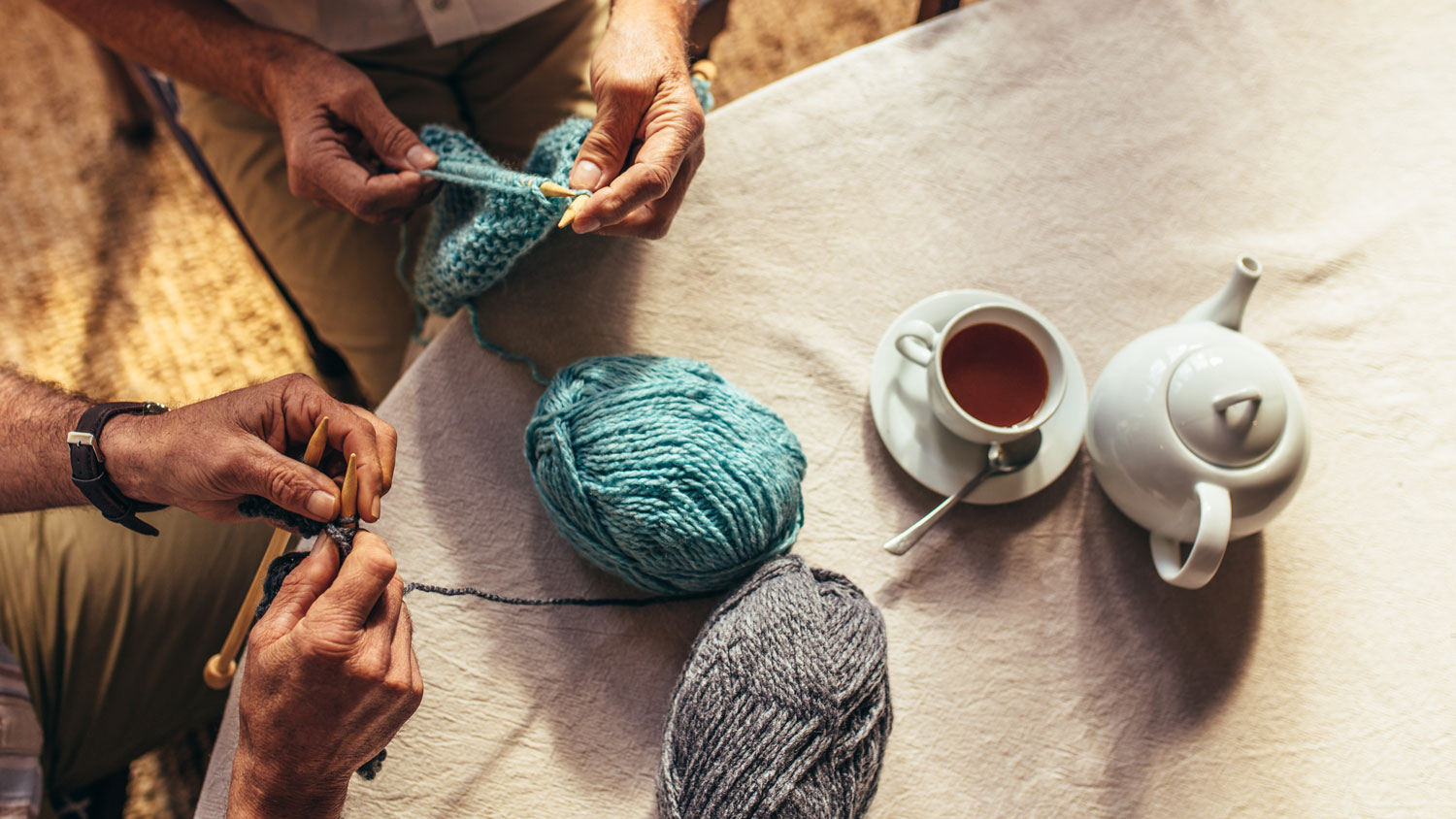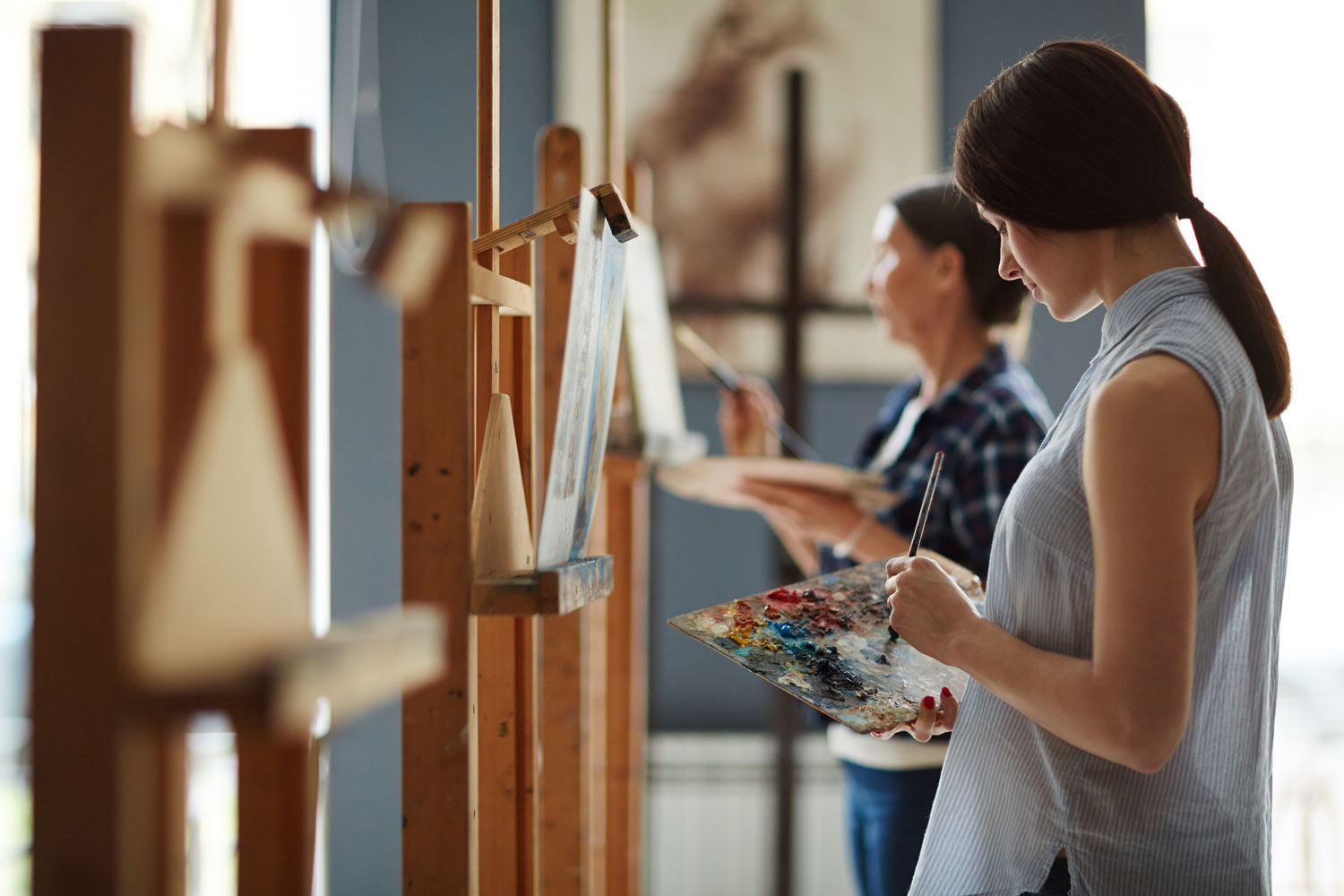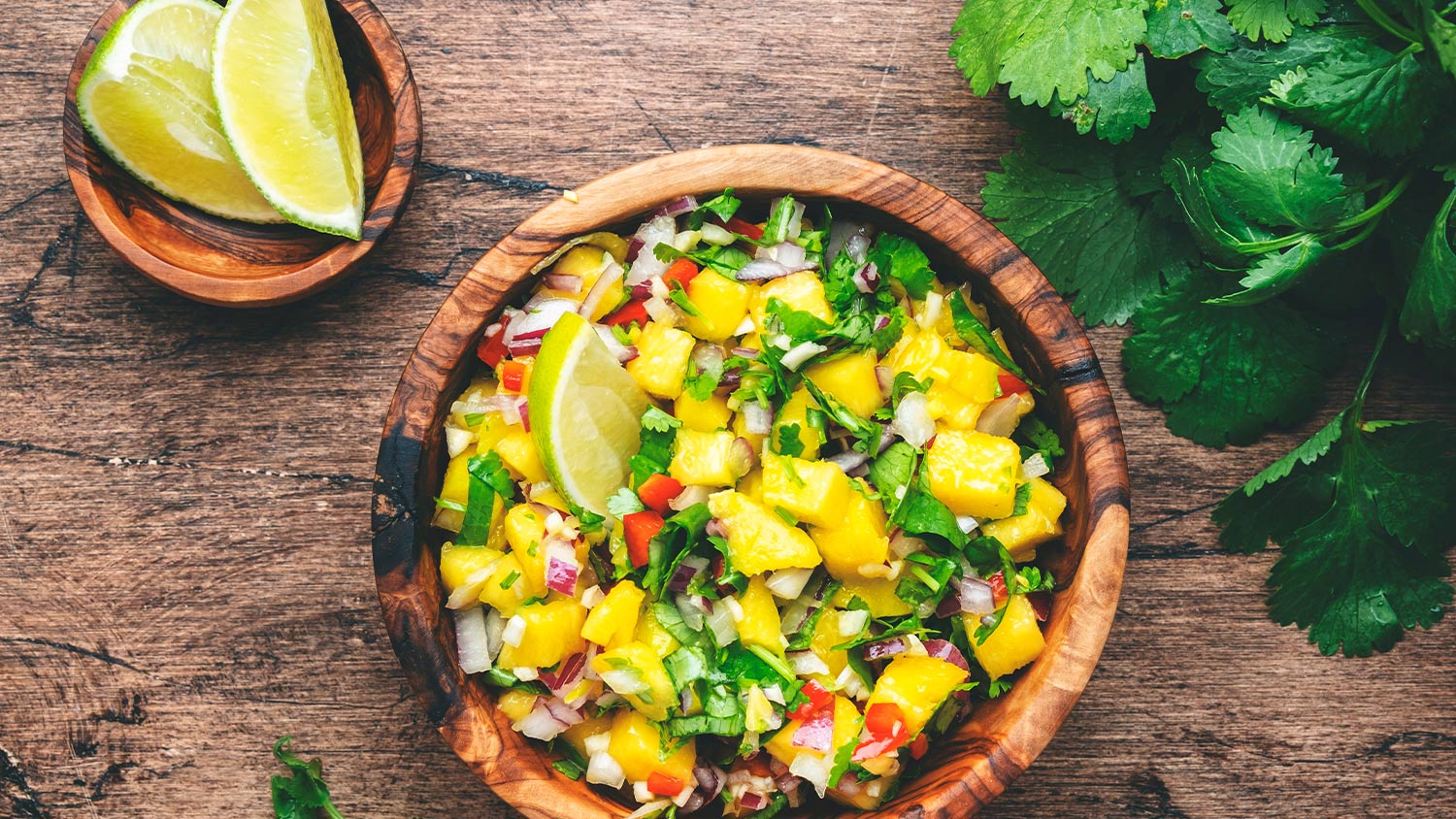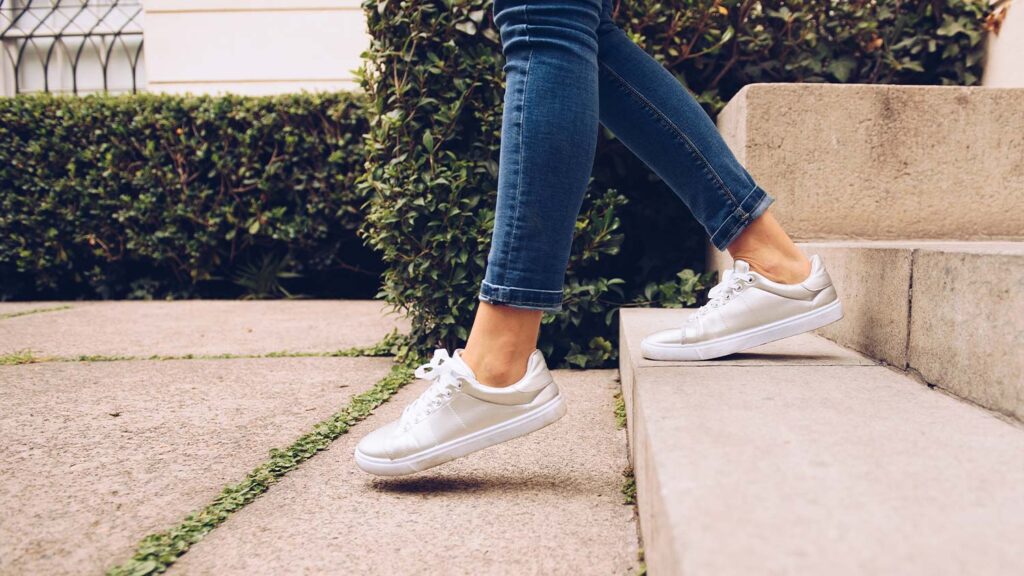From a young age, we are graded on our art and music production through extracurricular courses in school. This serves as a potential source of anxiety when it comes to creating later in life and reinforces the idea that there is a right and wrong way to create. This couldn’t be further from the truth. The goal of art is creative expression. It doesn’t warrant skill and doesn’t have to follow a certain criterion. If it moves you, it’s art. The beauty in creating art is that there are unlimited do-overs and very little risk involved. If you try something and it doesn’t turn out right or you aren’t satisfied with the result, you can try again. And again. And again.
Creating doesn’t just bring personal satisfaction, either. It can help ease a wide range of illnesses and afflictions, including anxiety and depression. You may also notice an improvement in your problem-solving skills, memory retention and hand-eye coordination. There really are few downsides to getting in touch with your imaginative side.
Leave your expectations at the door
Don’t create with the intent of making the best, the most beautiful or the most complex. Use art as an outlet for creative expression without pressure or expectation. Allow your mind to wander and create what you feel. Over time, you’ll find enhanced creativity and mood regulation.

Feed your artistic soul
The best way to create artistic output is to fuel your mind with creative input. Consume art wherever you can — in a museum, on the street, at a concert hall or on your computer. Let it inspire and spark something in you that can be reflected into your creation.
Don’t be afraid to experiment
Trying something you’ve always wanted to do or were too scared of doing. Art comes in many forms and isn’t limited to just fine arts like painting and drawing. Try dancing, singing or pottery making as creative outlets. You may discover a new passion while learning a new skill.
Take a class
There’s no better way to introduce yourself to a new topic than learning from experts. Attending a class can give you the foundational information you need to take the medium further and make it your own. But even if you stick with just the basics, you’ll still be able to reap the creative benefits.
















